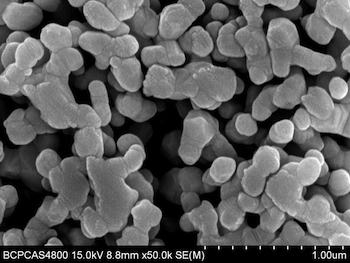Today, as the incidence of this disease is increasing and recent record of it Nigeria, there is a need to discuss the stone baby and possibly get someone challenged to start a research on what could cause this disorder.
The first case was recorded in 1554 and now 450 years from its first diagnosis, we have recorded about 300 cases in different countries in the world(France, Rome, Denmark, USA, Jamaica, Thailand, China, Brazil, Morocco,, South Africa, South Korea,, Ghana, India,Congo, Colombia and now Nigeria amidst several others) yet there is no medical literature and neither are there published research work on this matter.
On May 5th 2013, we discussed about this topic in a blog post on this page, You can view
Calcification processes that lead to lithopedion formation are very rare. Technology and advanced medical care has prevented many cases from developing into lithopedions. In recent case studies it has been found that lithopdeions are found in underdeveloped countries. The absense or limited forms of health care, along with cultural differences, prevent patients from seeking the medical attention that is needed. Since lithopedions do not pose a threat to the health of the pregnant woman, women often do not seek treatment to deliver their baby. Many women have been shown to live with a “stone child” for many years, and have been able to have other children while the calcified fetus remains in the body.
But today, record of it occurring in Developed countries are arising and a need for new generation of doctors to seek out its etiology is needed for effective treatment and prevention.
The earlier recorded cases have all occurred in patients with relatively good health before intra-uterine fetal death (Premature and in Post Dated) cases happened and due to low economic condition or cultural believes of sleeping baby have refused treatment. Thou in very few, it has been asymptomatic. To note is also the fact that cases of twin has been recorded.
But what brings question to my heart as a medic is the perculiarity of the Nigerian case in which patient had VVF( vesico- vaginal Fistula) beforehand and the conclusion of practitioners as reported by social media that it has occurred due to low water intake by VVF patients.
Hence, i ask of your own opinion of what the cause could be? If and why Ultrasonically it can be viewed?
Further information or studies could be referred to.
As always, you can comment below or send in a mail.

